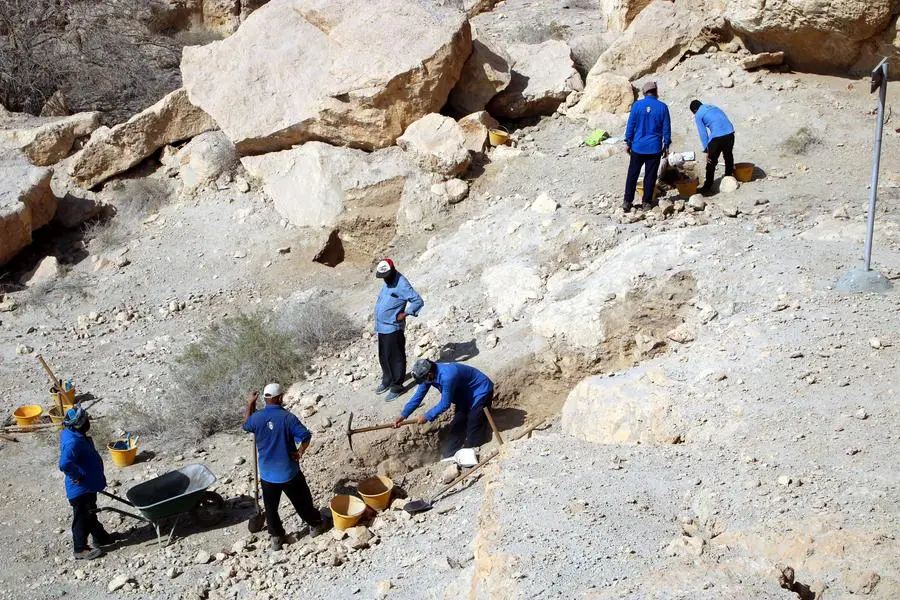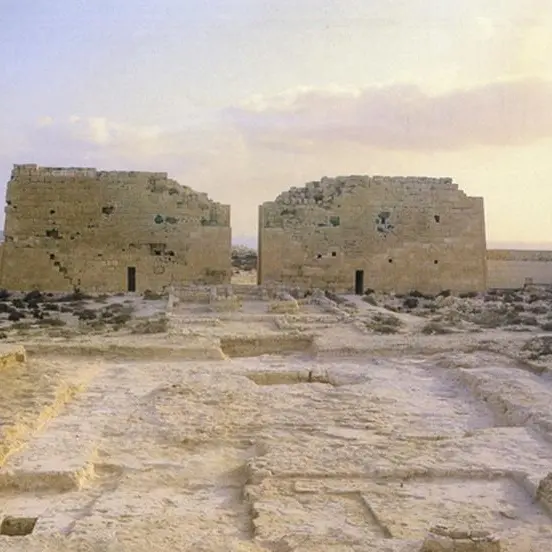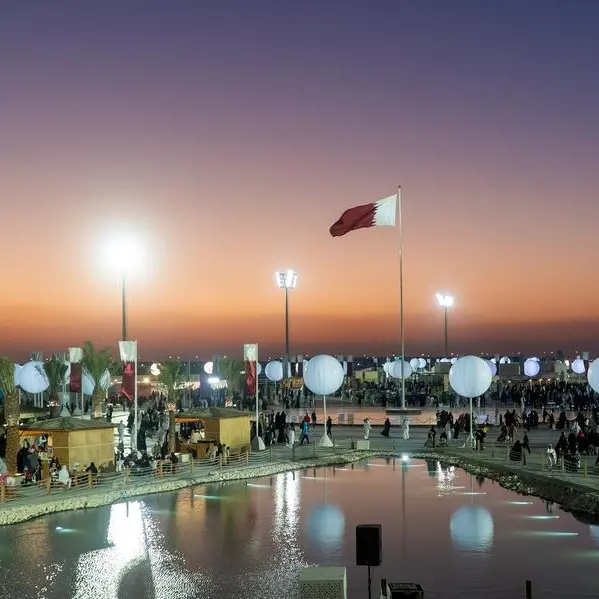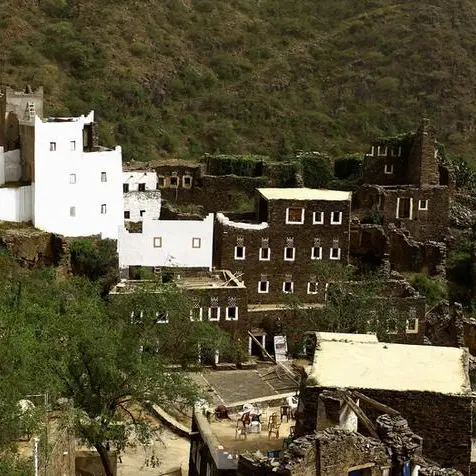PHOTO
The Government of Fujairah, in collaboration with an international team of researchers from the Department of Tourism and Antiquities, Fujairah; the University of Jena, Germany; and Oxford Brookes University, United Kingdom, has uncovered evidence of early prehistoric settlement in interior Fujairah.
According to the Government of Fujairah, the new results underline that mobile groups repeatedly occupied the rock shelter site of Jabal Kaf Addor in the al-Habhab region between 13,000 and 7,500 years ago. Previously, it was believed that Southeast Arabia was uninhabited from about 38,000 years ago, when dry conditions developed, until the onset of more moist conditions around 7,000 years ago.
These new results extend the known history of settlements in the Emirate, fill gaps in the archaeological record, and challenge long-held assumptions about the timing of human settlement in the region.
Saeed Al Samahi, Director of the Fujairah Tourism & Antiquities Authority, said that thanks to the Fujairah government's directives, the department is dedicating its efforts to developing the antiquities and heritage sector and conducting archaeological surveys based on scientific knowledge in cooperation with specialised international missions.
He added that previous archaeological discoveries in the region have indicated the existence of human settlements and unearthed tools dating back to the prehistoric period.
Ali Qasim, Director of Fujairah Natural Resources Corporation, said that this discovery highlights the significant efforts led by the government of Fujairah, guided by H.H. Sheikh Hamad bin Mohammed Al Sharqi, Supreme Council Member and Ruler of Fujairah, and the follow-up of H.H. Sheikh Mohammed bin Hamad bin Mohammed Al Sharqi, Crown Prince of Fujairah, in safeguarding and documenting the Emirate's geological and archaeological sites.
"These discoveries not only enhance our understanding of the history of our region but also place Fujairah at the forefront of major sites for archaeological and geological research, opening new horizons for scientific cooperation and cultural tourism in the emirate," he stated.
Dr. Knut Bretzke, the archaeologist who supervised the excavations at the site from the University of Jena, said, "The evidence uncovered by our collaborative international team pushes the timeline of human occupation in the region back to about 13,000 years ago, challenging long-held beliefs about the habitation patterns in Southeast Arabia.
Professor Adrian Parker, the project palaeoenvironmental specialist in this study from Oxford Brookes University, said, "These findings are particularly remarkable considering the prevailing dry conditions in the region during that period, which were previously thought to have made the area uninhabitable until more moist conditions developed around 9,000 years ago.
"Our research not only highlights the rich prehistoric heritage of Fujairah but also underscores the resilience and adaptability of early human groups to varying climatic conditions."
As part of an initiative launched by the Government of Fujairah to identify and protect geological sites, the Fujairah Natural Resources Corporation, in collaboration with international experts, has identified more than 30 sites with significant geological characteristics. This project also led to the discovery of archaeological sites that provide additional evidence of human activities in the region during prehistoric times.
Test excavations at the Jabal Kaf Addor rock shelter revealed three layers containing stone tools, animal bones and fireplaces. Radiocarbon dating of charcoal from these fireplaces indicates that the site was occupied multiple times between about 13,000 and 7,500 years ago.
The findings from Jabal Kaf Addor make it the oldest archaeological site in the Emirate, covering a crucial period in human history, particularly the transition from hunting and gathering to animal husbandry and food production. Sites from this timeframe are scarce in Southeast Arabia, making the discovery of the archaeological sequence at Jabal Kaf Addor rock shelter highly significant.
The researchers also believe that prehistoric mobile groups were drawn to the Jabal Kaf Addor rock shelter due to the high-quality lithic raw material found in the Jebel's limestone, the protection provided by the rock shelter, and access to a variety of landscapes, including the interior plain, the western foothills of the Al Hajar Mountains and wadi channels.
Recently, the Office of the Crown Prince of Fujairah has accepted the project proposal for further excavations at the archaeological site in Jabal Kaf Addor and additional surveys in its vicinity.























